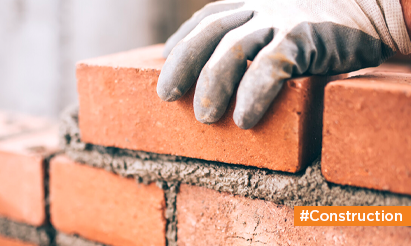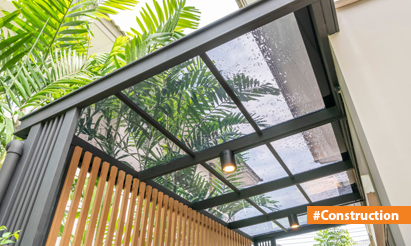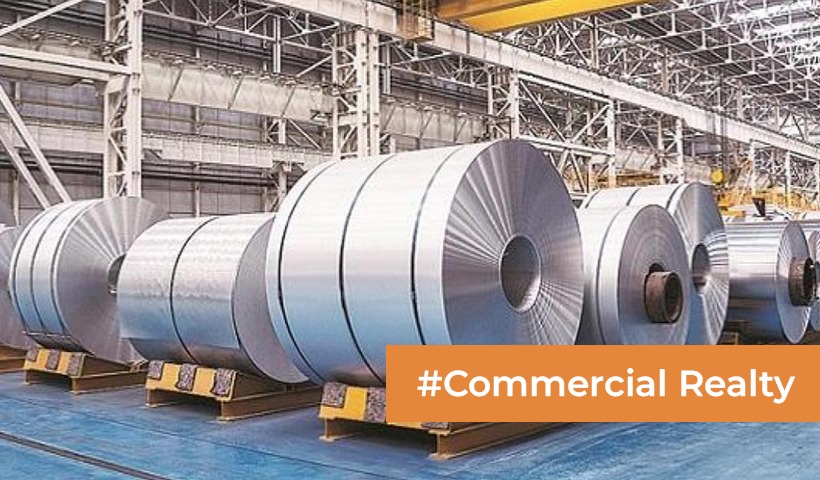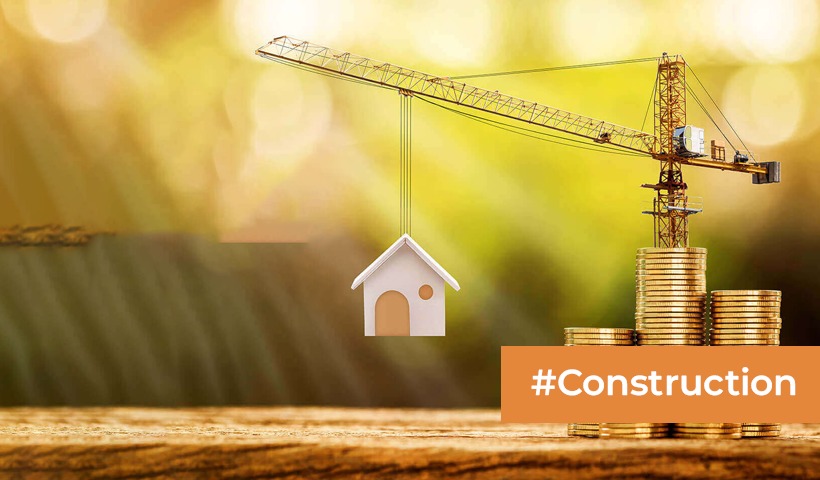Green Concrete: Paving the Way to Sustainable Construction!
In the ever-evolving landscape of construction, the demand for sustainable and eco-friendly practices has given rise to innovative materials, and one such revolutionary concept is “Green Concrete.” This environmentally conscious alternative is changing the way we build, offering a greener and more sustainable future for the construction industry. Let’s delve into the world of green concrete and understand how it’s shaping the future of building.
Understanding Green Concrete:
Green concrete is not a specific type of concrete but rather a philosophy that emphasizes the use of environmentally friendly materials and practices in the concrete production process. The goal is to reduce the environmental impact associated with traditional concrete production, which is known for its high carbon footprint.
Key Components of Green Concrete:
- Recycled Aggregates: Green concrete often incorporates recycled materials, such as recycled aggregates from construction and demolition waste. Using these materials helps reduce the demand for natural resources and diverts waste from landfills.
- Supplementary Cementitious Materials (SCMs): SCMs like fly ash, silica fume, and slag are by-products of industrial processes that can be blended with cement to enhance its properties. By incorporating SCMs, green concrete not only reduces the environmental impact of cement production but also enhances the durability and strength of the concrete.
- Low-Carbon Cement: Traditional cement production is a major contributor to carbon dioxide emissions. Green concrete explores alternatives like low-carbon or carbon-neutral cements, which aim to minimize the carbon footprint associated with cement manufacturing.
- Bamboo and Wood Fibers: Some green concrete formulations include natural fibers, such as bamboo or wood fibers, as reinforcement. These materials offer a renewable and sustainable alternative to traditional steel reinforcement.
- Pervious Concrete: Pervious concrete is a type of green concrete designed to allow water to pass through, promoting groundwater recharge and reducing surface runoff. It’s an effective solution for managing stormwater and preventing water pollution.
Benefits of Green Concrete:
- Reduced Carbon Footprint: The incorporation of recycled materials and alternative cementitious materials in green concrete significantly reduces its carbon footprint compared to traditional concrete.
- Waste Reduction: By using recycled aggregates and other by-products, green concrete helps reduce the amount of construction and demolition waste that ends up in landfills.
- Improved Durability: The addition of supplementary materials enhances the durability and performance of green concrete, resulting in longer-lasting structures.
- Energy Efficiency: Utilizing sustainable practices in concrete production, such as energy-efficient kilns and transportation methods, contributes to the overall energy efficiency of the construction industry.
Green concrete represents a significant stride towards sustainable construction practices. As the construction industry continues to embrace environmentally friendly alternatives, green concrete stands out as a promising solution, offering not only structural integrity but also a reduced environmental impact. It is a testament to the industry’s commitment to building a more sustainable and resilient future.
Disclaimer: The views expressed above are for informational purposes only based on industry reports and related news stories. PropertyPistol does not guarantee the accuracy, completeness, or reliability of the information and shall not be held responsible for any action taken based on the published information.




